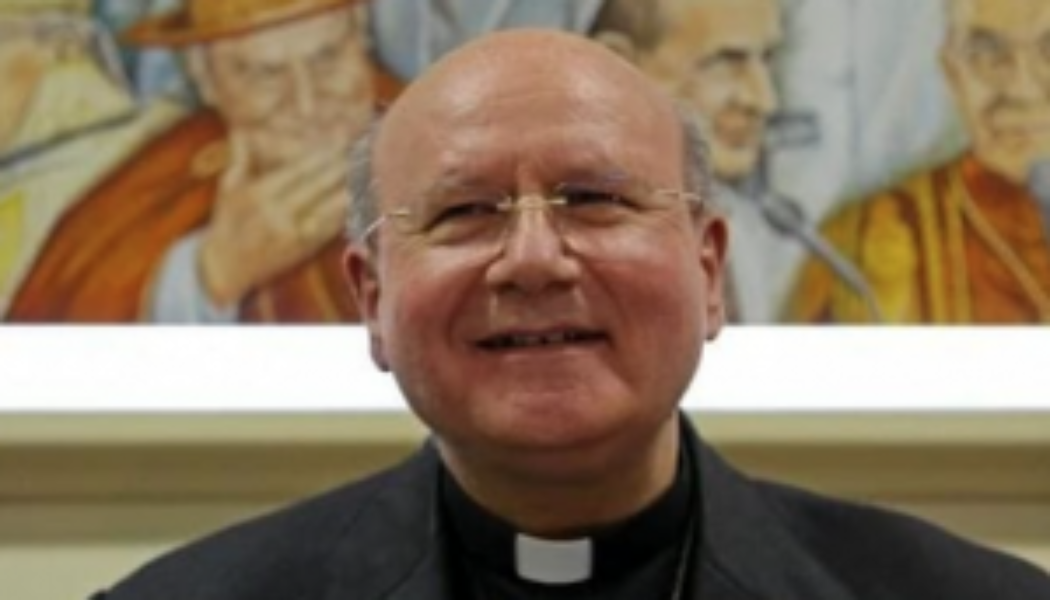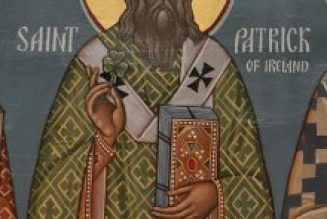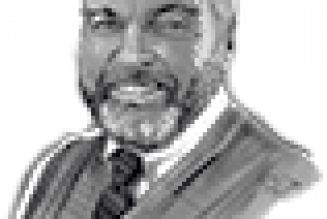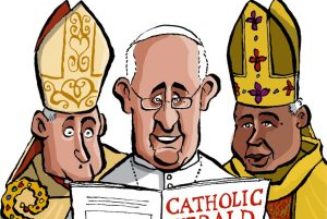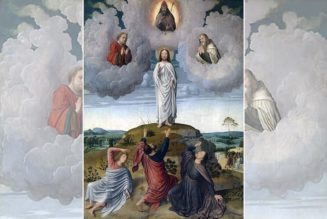 > Italiano
> Italiano
> English
> Español
> Français
> All the articles of Settimo Cielo in English
*
It could very well come as a stunner that a bishop would see the need to speak out in defense of a doctrine that at first glance is beyond dispute, within the Church: the inviolability of every new human life from its conception. The bishop is Domenico Sorrentino (in the photo), age 74, head of the dioceses of Assisi, Nocera Umbra, Gualdo Tadino, and Foligno, former secretary of the Vatican’s congregation for divine worship. He has done so with a two-page article in the historic Catholic magazine of the birthplace of Saint Francis, “Rocca,” in its latest issue dated February 1.
Yet there is a reason, and of no small account. Because a few months before, in this same magazine, another highly esteemed bishop, Luigi Bettazzi, age 99, the last Italian bishop still alive to have taken part in Vatican Council II, resolutely contested none other than that doctrine, arguing that one is a “human person” only “after the fourth/fifth month” of pregnancy, and therefore prior to this stage abortion is not murder and not even a sin, if carried out for good reasons.
It was in “Rocca” of August 15 that Bettazzi upheld this disruptive thesis. And in mid-November, still in the same magazine, an accomplished moral theologian, Giannino Piana, also stepped in to give him a helping hand. Settimo Cielo reported the story on November 23 in this post:
> Free to Abort Up to the Fifth Month. A Bishop and a Theologian Explain Why
To Bettazzi and Piana, the bishop of Assisi objects and explains that the reasons they have adopted are unacceptable. Of course, he admits, Catholic doctrine “recognizes development,” but not “in the opposite direction” as they have gone, meaning backwards, digging up again as they do “the medieval theory of the delayed animation of the fetus.” Because modern scientific discoveries have by now verified that “from conception one is dealing with a quite individuated human being, with his own genetic makeup that characterizes him throughout his life,” immediately an “other” with respect to the mother.
And this new human being, Sorrentino continues, is from the first moment also a “person.” He is so for reasons “philosophical and juridical, in connection with genetics and biology.” He is so even for those who do not believe in an immortal soul infused by God into the just-fertilized egg.
To the objection of Bettazzi, who from the fact that many fertilized ova are lost before implanting in the mother’s uterus came up with the question: “Then even nature kills 40 percent of human beings?”, Sorrentino replies: “Who authorizes us to consider non-implanted ova as simply lost? We can but enter on tiptoe into the logic of nature and the Creator when it comes to the mystery of life, which in its multifaceted expression largely exceeds our grasp. Here we are truly between earth and heaven.”
Also to the primacy that Bettazzi accorded to intuition more than to reason, meaning the intuition that grants recognition as a “person” only to the human being who is already well formed and capable of breathing, after the fourth or fifth month of pregnancy, Sorrentino replies by warning against “mistaking intuitive for prescientific knowledge,” because then “we would risk believing still that it is the sun that revolves around the earth.”
“In any case,” the bishop of Assisi continues, “the discussion on when man becomes a person is of little help in making the sin of abortion less serious, since the mere well-founded probability that the zygote is a human being entails the duty to respect its right to life.” But be careful – he warns – not to heap words like “murder” on the woman who has chosen to abort. “In human and pastoral terms one must always weigh one’s words, in order to tell the truth without crucifying people, delicately opening them to a reparative awareness, to regenerating mercy, to hope.”
And how to judge a law that allows abortion, like the one in effect in Italy as well? Sorrentino rules out the notion that its application can be considered, under certain conditions, a “lesser evil,” as asserted by the theologian Piana. “The laws that have liberalized abortion have fostered a culture that has become accustomed to its practice, even considering it a right. Cultural, moral, and political approval on this issue is now protected by taboo. All the courage of prophecy is needed to publicly declare oneself in favor of respect for every life conceived. However, it is a prophecy for which the humanity of tomorrow will thank us.”
In concrete terms, Sorrentino continues, what needs to be done is “to alleviate the burden of women, when everything is driving them to abort. I maintain that there must be more investment in a culture of fraternity, which also includes specific help for mothers in difficulty, in the footsteps of what the pregnancy resource centers do.”
The bishop of Assisi concludes:
“In the aforementioned reflection on rational knowledge and intuitive knowledge, Bishop Bettazzi attributes the latter, in a special way, to women, leaving to her the prerogative of recognizing the human being in her womb, also drawing the conclusion that it is mainly, if not exclusively, up to her to decide whether to carry on or terminate a pregnancy, within the first four/five months. Looking at the faces of mothers, this seems to me such a sad deduction. […] In reality what each of us perceives of himself is no less intuitive. And I know (and I really believe I’m not the only one!) that in retracing my life I come to that tiny cell that my mom Irene – blessed be! – took care not to expel from her womb. She knew nothing – with her fifth grade education – about DNA and the rest. But she knew (intuited?) that that invisible little creature (perhaps only suspected, in any case awaited) in her womb was me. So tiny. So fragile. But that was really me. And I thank the good Good infinitely for that.”
*
The complete text of the article by Assisi bishop Domenico Sorrentino, in “Rocca” of February 1 2023:
> Aborto. Quel concepito ero io
.
